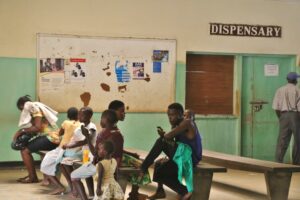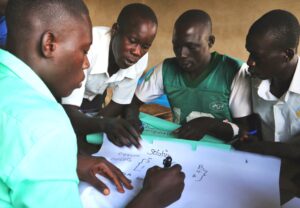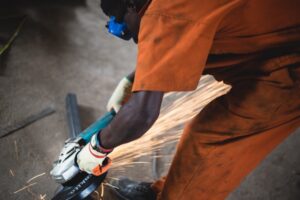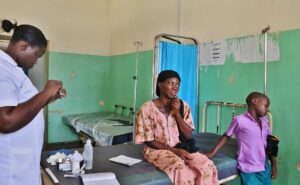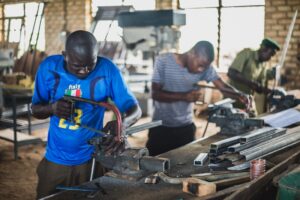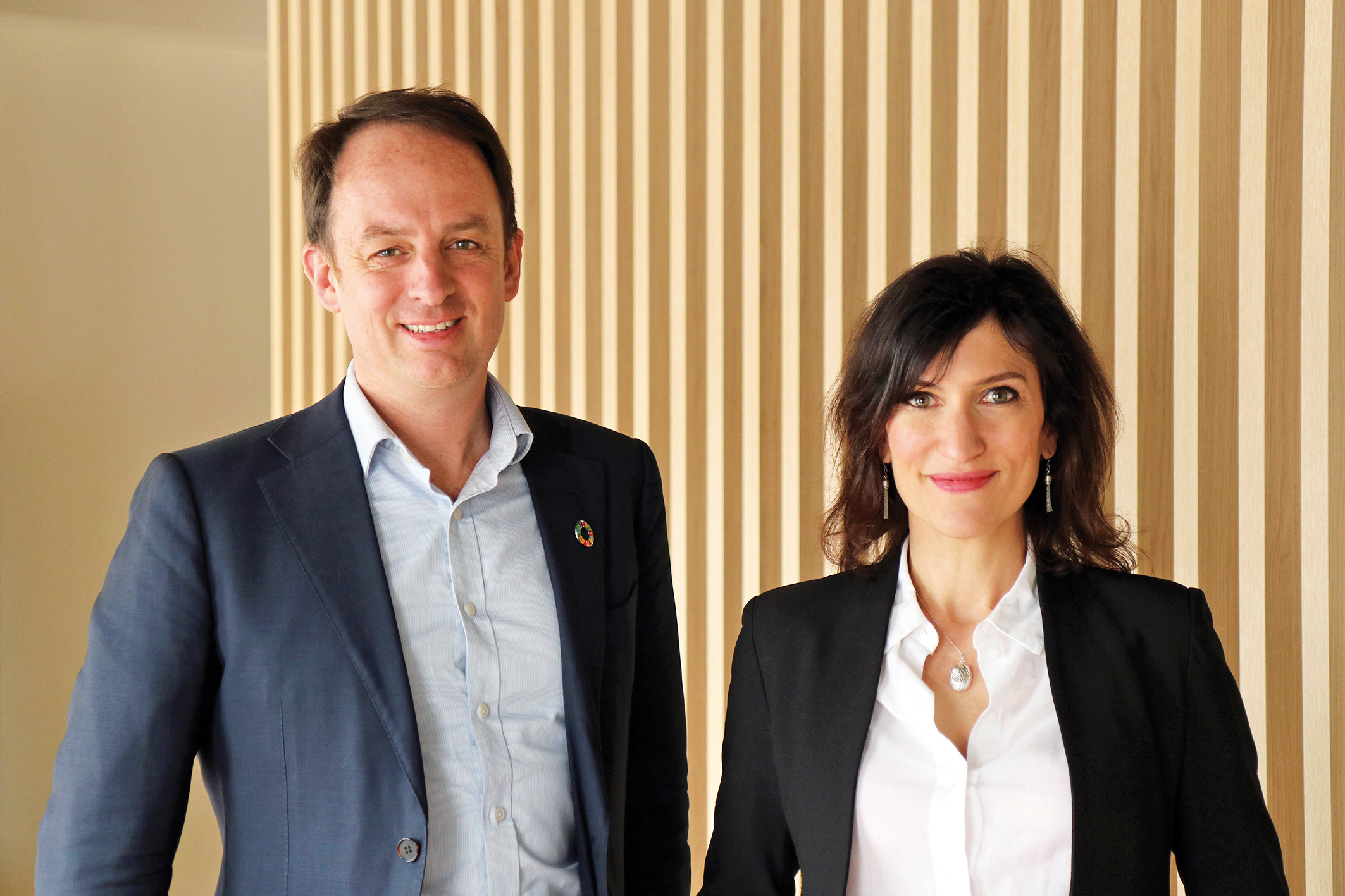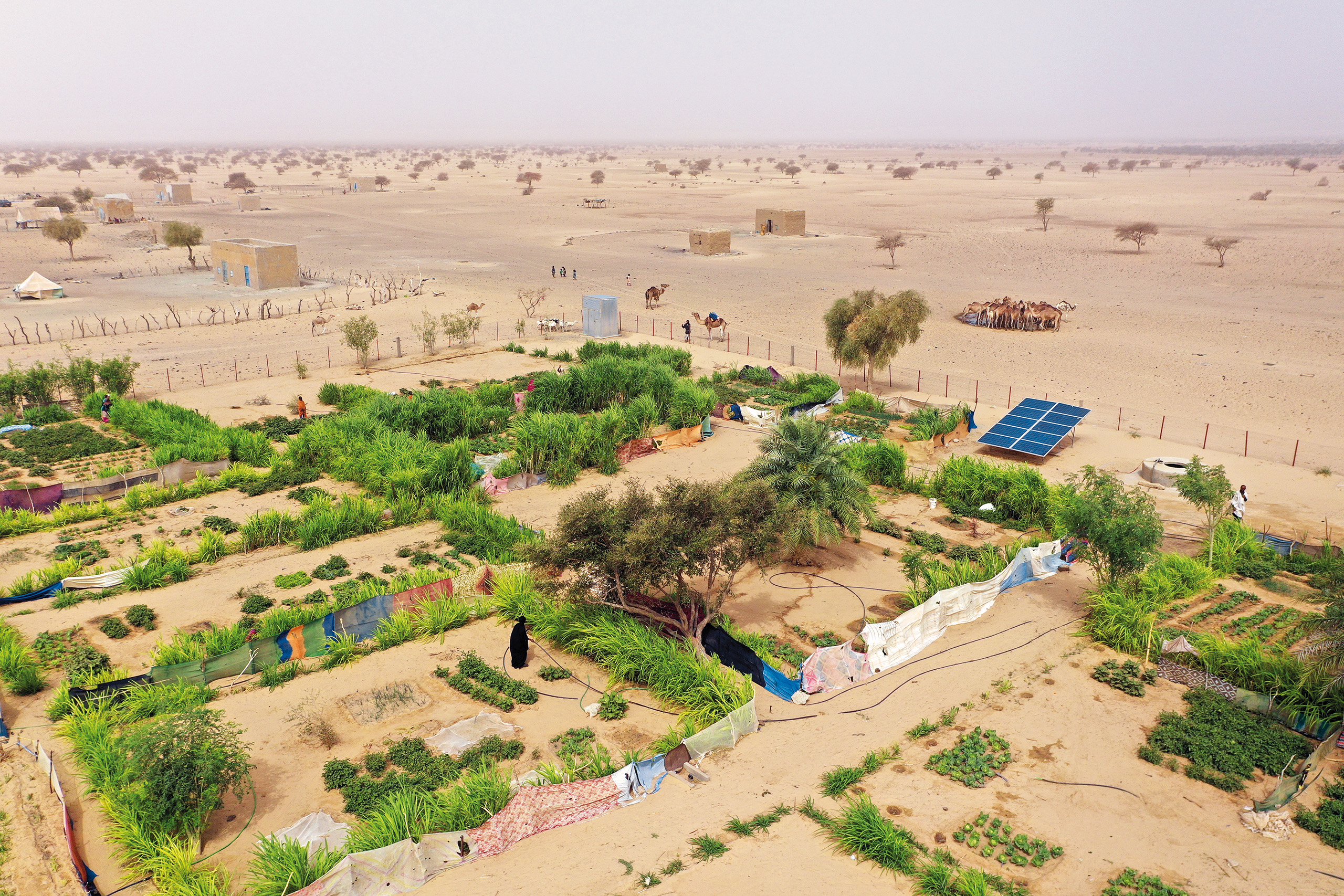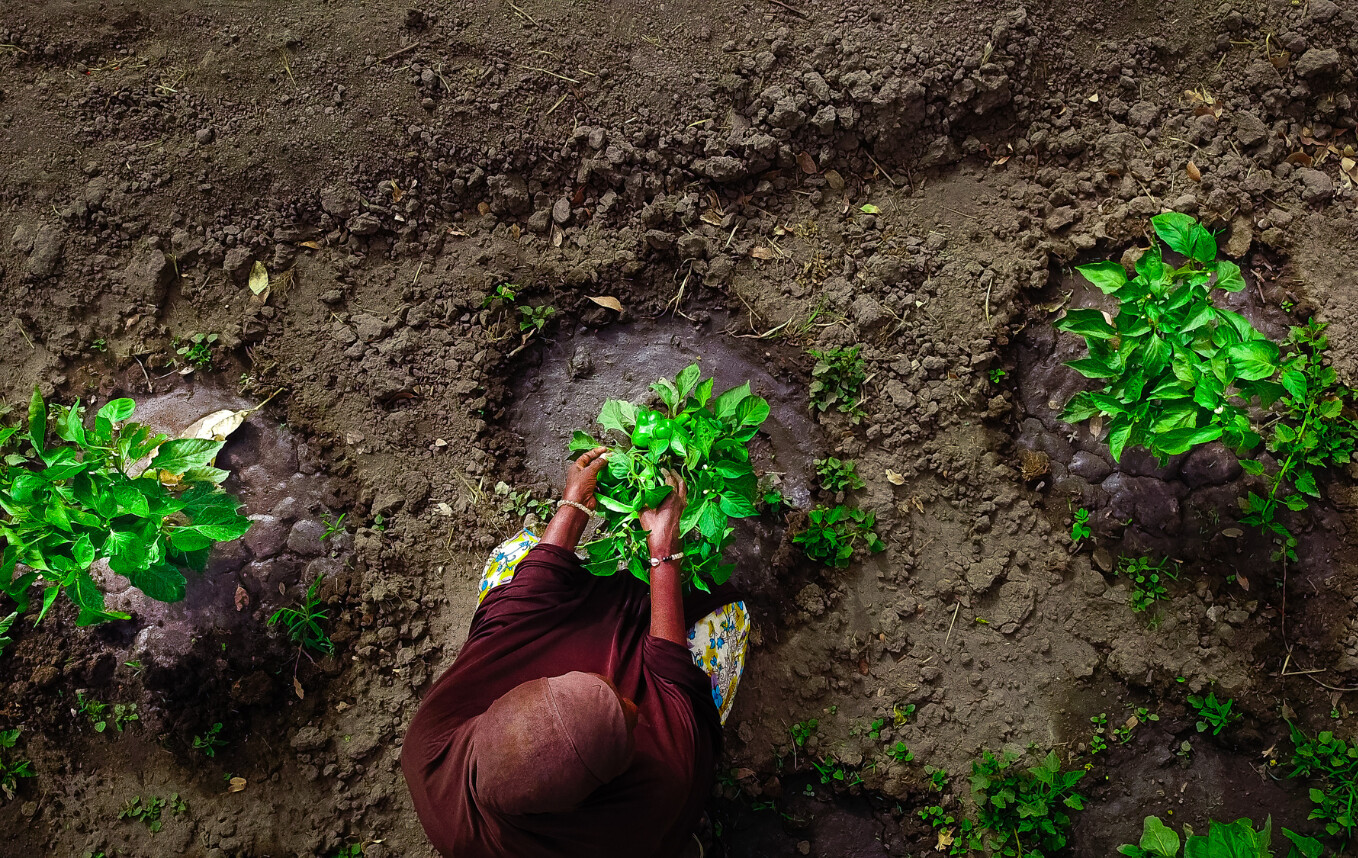Helping people becoming better at their job
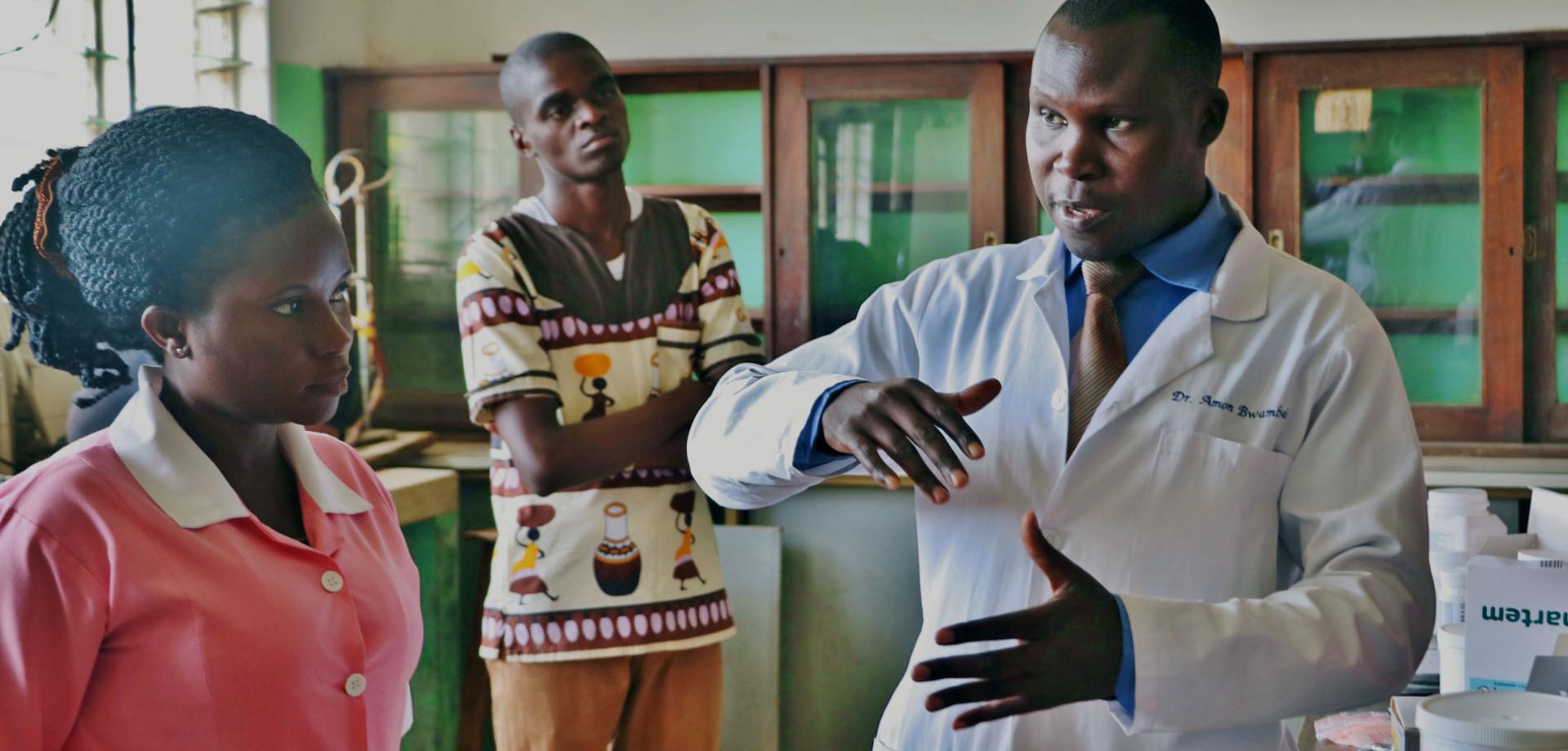
High pressure, low wages, and a lack of opportunities for continuous learning, result in staff losing motivation. The overall lack of adequate supervision and support is a serious stumbling block on the way to universal quality care in Uganda.
Receiving quality health care and education is not a given in Uganda. Although efforts towards better service delivery have been made by the Ugandan government, civil society and donors, a lot remains to be done. That is why the Belgian development agency, in cooperation with the Ugandan government, set up a project to contribute to improved service delivery by helping doctors, nurses, teachers, principals and managers become better at their job.
HR management & meeting the sustainable development goals
Generally, the importance of Human Resources Management to the success or failure of health and education systems has been overlooked.
However, there is growing recognition that a refocus on Human Resource policy and management has to be at the core of any sustainable solution to system performance. This recognition is partly a result of the need to upscale capacity in health and education systems to meet the Sustainable Development Goals.
Effective Human Resources Management strategies can ensure a well-motivated and appropriately skilled and deployed workforce. This is greatly needed to achieve better outcomes from health and education services around the world, and will improve access to these services. It should be at the core of any sustainable solution to guarantee the right to quality education and health.
Many general human resources issues in the health and education sector are known: the size, composition and distribution of the healthcare and education workforce, workforce training issues, the migration of health workers, the level of economic development and sociodemographic, geographical and cultural factors.
Uganda has such issues too. Health workers in Uganda are under high work pressure. For some positions the numbers are dramatic. In public health facilities, only 27% of the positions for anaesthetic officers are filled, for pharmacists the number stands at 40%. High pressure, low wages, and a lack of opportunities for continuous learning, result in staff losing motivation.
The overall lack of adequate supervision and support is a serious stumbling block on the way to universal quality care. Although the context is sector-specific, the HR situation in the education sector faces similar challenges.
Investing in workforce development
If Uganda wants to achieve the Sustainable Development Goals concerning health and education, all parties involved need to step up. Our Support to the Development of Human Resources (SDHR) project is an additional strategy that supports the Belgian development agency’s health and education sector projects and as such contributes to moving the education and health sector in the right direction.
The new strategy, implemented through the SDHR project, is focusing on workforce development. It wants to improve knowledge, skills and attitudes of staff of 48 beneficiary organisations of the health and education sector so that they become better at their jobs.
It considers the composition of the health and education workforce in terms of both skill categories and training levels and provides new options for the education and in-service training of staff so that they are prepared to meet Uganda’s present and future needs.
How do we develop human resources?
“What I really like about this project is that we are involved in every step; participation really works,” says Yusuf Yahaya, instructor at Kichwambe vocational training institution. The school is located in Western Uganda, near the Congolese border, and has 436 students who aspire to become engineers, architects or ICT specialists.
“We have taken a bottom-up approach,” explains Elisabeth Nkwasire, training manager of the project. “We consult with our partners in the health and education sector every step of the way. That is why we understand the gaps and problems that different organisations have.”
“By making our own needs assessment we realised many of our lecturers have never set foot in a real factory. We made it a priority to resolve this issue.”
Yusuf, instructor at Kichwambe vocational training institution
Yusuf describes the work process: “At first we received training on how to conduct our own needs assessment. This was something new to me. We identified our needs and narrowed those down to a number of concrete problems. As a last step, we had to figure out the root cause behind these problems and come up with a way forward.”
“Many employers had told us our students lack the skills to enter the world of work. So this got us thinking: How is this possible? That’s when we understood that many of our lecturers never set foot in a real factory. So, how could they transfer the right skills upon their students?”
After the needs assessment, all beneficiaries were assisted in developing a Human Resource Development and Training Plan based on performance objectives they set for themselves. “As a second step, we reflected on training that could provide a solution. We decided our number one priority should be providing adequate technical skills for lecturers. For example, on solar installation. This is a new field, where we predict many jobs will open up in future. At the end of the day our students will receive the necessary skills to enter the world of work,” explains Yusuf.
The college then shared their plans with the SDHR project team, who approved the proposal and looked for quality training providers. “For everything there is an agreement between us and the Belgian development agency,” Yusuf continues, “We talk things over and request for guidance.”
Learning as an organisation
“We want to help staff transfer the skills they acquired to the entire workplace through action planning. That’s why we encourage them to share what they’ve learned with colleagues through short on-site courses,” says Elizabeth.
“For us it’s important to look beyond the delivery of training and the organising of events. What we want is a knowledge transfer from selected staff members onto the supported health facilities and colleges. We believe that real success comes when teams take ownership of their development and actions.”
The projects provides people in the health and education sector with the opportunity of continuous learning. This is appreciated by health workers, teachers and managers who often find themselves in a difficult situation. It takes dedicated people to work as a teacher or a health worker in Uganda. The workload is high, salaries are often low and not always paid on time, and opportunities to further develop skills are few.
Innovative ways of learning
“A lot of people never were trained after graduating from school. In a world that is constantly changing this means that staff is often unaware of the newest evolutions within their field of expertise. We try to counter this in several ways,” explains Elizabeth.
The SDHR project gives the staff of the 48 selected organisations the opportunity to get different types of training. Mostly by on on-the-job learning under the form of study tours or study attachments.
“A lot of patients suffer injuries from traffic accidents. We used to wait for the orthopaedic officer to arrive, after taking part in the study attachment we learned how we can already start treating people.” Fatima Nantume, nursing officer emergency section in Bundibugyo Hospital.
Fatima Nantume, a nursing officer who works for the emergency section at Bundibugyo Hospital, talks about the study attachment she and her team took part in. “We went to Mbale Hospital in Eastern Uganda and worked with the emergency staff for 14 days. We were very well received.”
“Most of our emergency patients were involved in a traffic accident. We used to wait for the orthopaedic officer to arrive before working on the patient. Through the study attachment we learned how to immobilize fractures and how to plaster them. This way, we save time in the patients’ interest,” shares Fatima.
In some cases long-term training outside the job environment is required. For instance, Ian, an orthopaedic officer at Fort Portal referral hospital, is now obtaining a degree in palliative care, a 3-year course in Kampala. “In palliative care we learn how to take care of people with a terminal illness. Although we have many cases of cancer and HIV in the hospital, there was no one who had a degree in this specific area. We want to provide the best possible care for our patients, so we decided that someone needed to get adequate training to handle these cases. With the support of the SDHR project I believe I will be able to do this.”
The project at a glance
- The SDHR project reaches around 3500 employees
- 21 organisations in the health sector
- 21 organisations in the education sector
- 6 organisations in the environment sector
- Each institution developed their own Human Resources Development Plan
- 1055 staff members helped create these HRD plans
- Duration: 2014 – 2019
- Total budget of 6.480.000 EUR
